

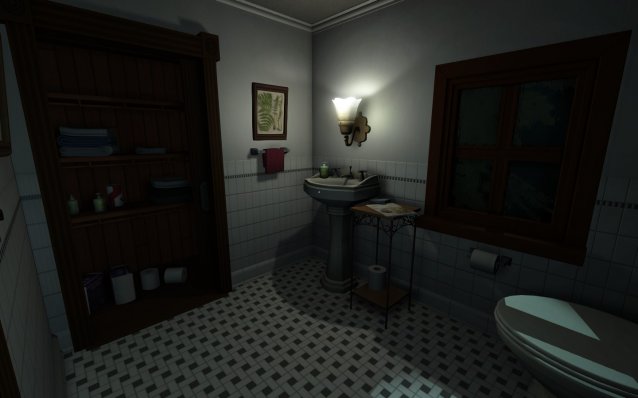
You’re motivated by several mysteries once Gone Home fades your vision into the lobby of a Pacific-Northwest mansion. You’re treated to some expository dialogue; you know that you are Kaitlin Greenbriar, you know that you’ve spent a year travelling Europe, you’ve just stepped off the plane back to Portland and travelled to your family's new house.
No one is there to meet you at the front door. No one seems to be at the house at all, actually. It’s 1995, just at the edge of time before anyone carried a cell phone. All you can do is methodically search each room until you’re sure of what happened and if anyone is coming back.
Yet Gone Home’s biggest mystery has nothing to do with the search for your missing parents and sister. You will wonder more often what type of game this is. You’ll do this because there’s an unbreakable tension created by being alone in an unfamiliar location, trapped by rain and intermittent thunder outside.
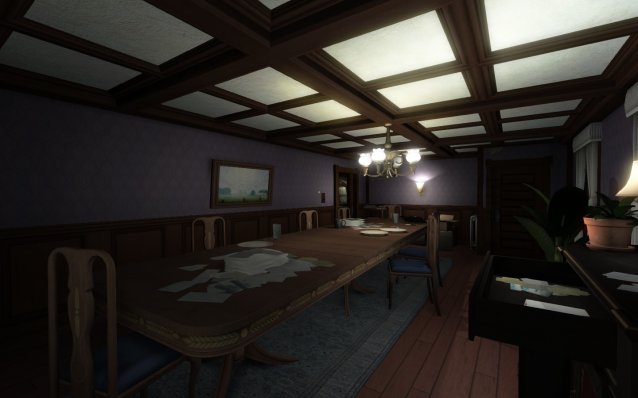
Every room in the house is pitch dark until you turn on a light, so your first view in every new area is being unable to see what might be inside it and then immediately exposing yourself to danger by turning your back as you face the wall. There are a few moments where you’ve no choice but to sprint through the dark, scared, like you would if this were real. Maybe Gone Home is a Horror Game.
But Horror Games wouldn’t lavishly devote time and effort into detailing the world around them. Similarly to LA Noire you’re able to pick up items scattered around the world and rotate them around, even items without any real narrative weight that would just be found in a family home, but you can also read documents, old scraps of fiction,letters and anything that might lend a clue to the state of the home and the people within it. Maybe Gone Home is a Point and Click Adventure, or a Detective Simulator.
You won’t know for a while. To settle your curiosity for the moment, it’s probably closest to a dissertation on advanced level design. The house feels like a real place that just happens to have been made in Unity rather than out of wood and stone, but it’s still deliberately authored. You know exactly where you should be looking because of subtle framing techniques and forced perspective. The aforementioned light switches are a great example, because you enter a room and innately know where they are (to the other side of the direction the door opens) and at the correct height in relation to you. The sense of scale is enviable and should serve as a textbook example of how an environment can feel more real. Everything is the size it would be when viewed from the seemingly average statured Kaitlin. It’s also broken in the correct kind of way, with drawers that don’t close right (because not all of them would), rooms that aren’t quite as lived in (because they wouldn’t be) and whole sections of the house that haven’t been cleaned out from the previous owner (because what are you even going to do with this old stuff?). The house is too big for you to feel comfortable in, but rare for a video game, that’s absolutely intentional.
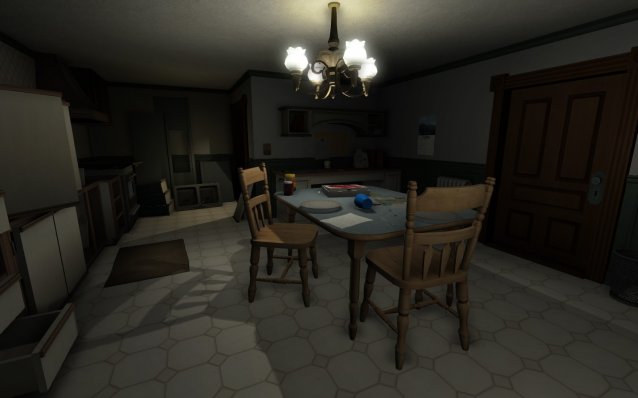
Though certain rooms are gated off until you’ve found the correct keys, you’re still allowed a degree of openness to your search, either traveling upstairs or exploring the ground floor’s family areas. The story can be stitched together in any sequence and your take is likely informed by which direction you choose to start in, but you won’t ever feel like you’ve made the wrong decision.
You begin to get a feel for the mindset and relationships of characters you’ve never met. By the end of the game every character in this world is fully fleshed out and applied motivations for their actions despite you barely knowing them.
Gone Home’s approach to offering huge scale by focusing on minutia is unique and hopefully the genesis point for a new type of game, one where you’re given a fully realised world and are allowed to walk around in it, exploring, breathing in detail at your own pace. Still, we advise you play it while the mystery remains unspoiled.
10 out of 10


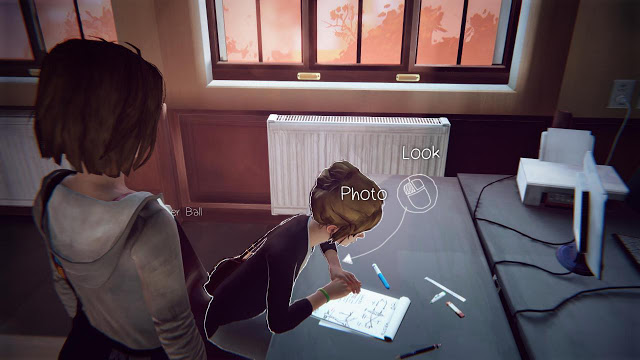

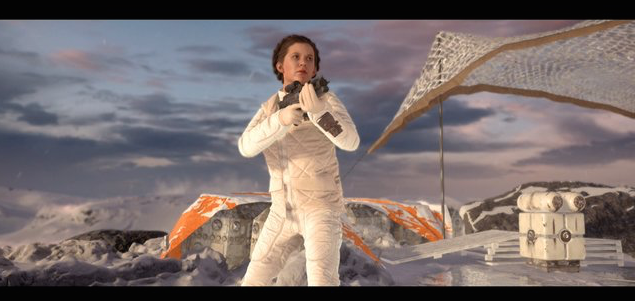 Star Wars Battlefront: How to Play Leia
Star Wars Battlefront: How to Play Leia Starbound : A beginners Guide
Starbound : A beginners Guide The Best Self-Improvement and Productivity Gifts for Christmas
The Best Self-Improvement and Productivity Gifts for Christmas Rocket League: unlock items
Rocket League: unlock items It's Time To Save Some Big Bucks On TVs, Computers, And More
It's Time To Save Some Big Bucks On TVs, Computers, And More